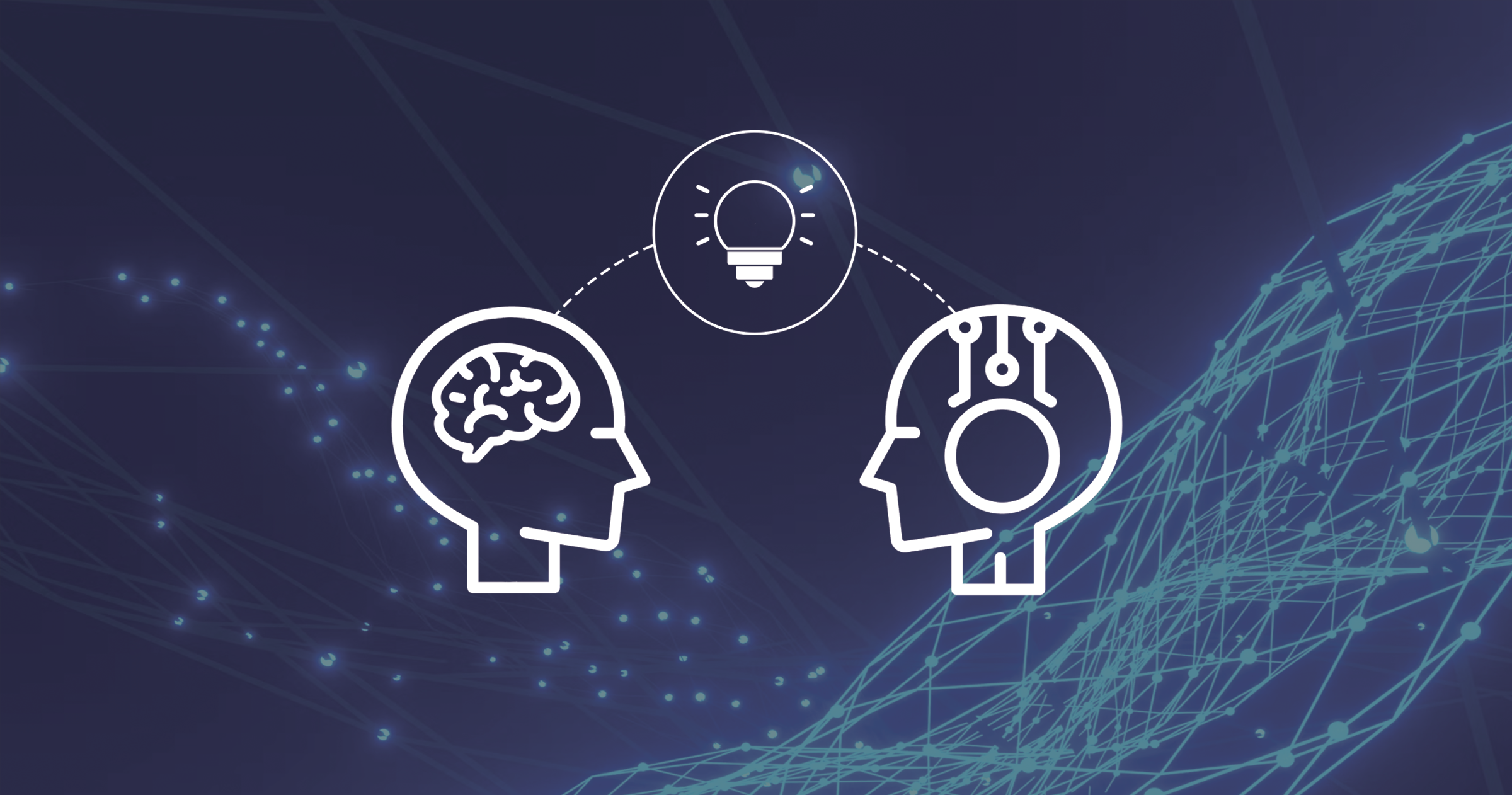
Making the most of AI chat for communications: Brainstorming
AI has jumped into the public consciousness, moving from concept to a tangible tool for use in business and leisure. Conversational large language model (LLM) tools like ChatGPT, and deep learning, text-to-image models like Stable Diffusion have rocked the creative world. Each has rapidly iterated, and major brands like Microsoft and Google have raced to incorporate new AI functionality within their products.
There is a large cluster of often strangely named, sometimes free-at-first solutions, offering exciting tools to save time, energy, and headspace in creative activities. As these tools make rapid progress, the communications industry wrestles with how to use them responsibly, and to build services that offer clients real and ethical value. A clear use-case offering immediate business benefits, and avoiding unsolved copyright and ethics challenges, lies in the humble-but-essential brainstorm.
Speeding creativity: Making use of AI in brainstorming
What’s the goal of a brainstorm? In comms, it’s often to come up with a great idea that will grab audience attention. Our clients need to be interesting and relevant when they educate and inform audiences on the issues and challenges they can help their customers solve.
AI support can help kickstart angles for brainstorming, allowing subject matter experts a quick start on agreeing the basics before getting more creative with their imagination. It can also level-up novices joining the room, answering questions and giving a greater level of understanding from which to form their own take on issues.
Incorporating AI into best practices stops users wasting time on poor prompts, or reinventing the wheel. If organisations haven’t laid out great ways to brainstorm, they won’t be efficient or effective with their time. There’s lots of great advice for better brainstorming, including from the Harvard Business Review, McKinsey, and our client Asana. AI tools must support more relevant, insightful, and faster sessions to be successful. These three measures: relevance, insight (or interestingness), and speed, are solid metrics to gauge if tools offer real value.
There’s plenty of evidence that diversity aids creativity and problem solving with the addition of varied perspectives. Chat tools offer a rapid way to help colleagues from outside the team prepare. The conversational nature of AI facilitates rapid learning and can be tailored to respond in greater or lesser technical detail, adding equity to the research process.
Chat tools can also help stress test ideas as they are sifted before client review. Teams can ask AI what it thinks of their solution to a problem. Of course, AI tools don’t have common sense or real-world experience, and their suggestions must be checked by those with expertise. Notwithstanding, it will offer an additional perspective, that’s almost always worth some consideration.
Finally, spare a thought for remote workers. It can be challenging to synchronise to bounce ideas off a fellow human colleague. AI chat tools can offer a helpful process for working through a concept – constructively ‘thinking out loud’.
Don’t be afraid – do be alert
Creative teams mustn’t be afraid to try new ways to brainstorm. However, they must pay attention to the quality, fitness for purpose, and copyright of any AI-generated outputs before using any aspect. Archetype has its own guidelines for using AI and a working group meets regularly to survey the field and adapt to the new opportunities. Never forget to let your clients and partners know what you’re doing. Some will embrace the possibilities, but the issues around AI are far from solved, and may not be right for every organisation.



